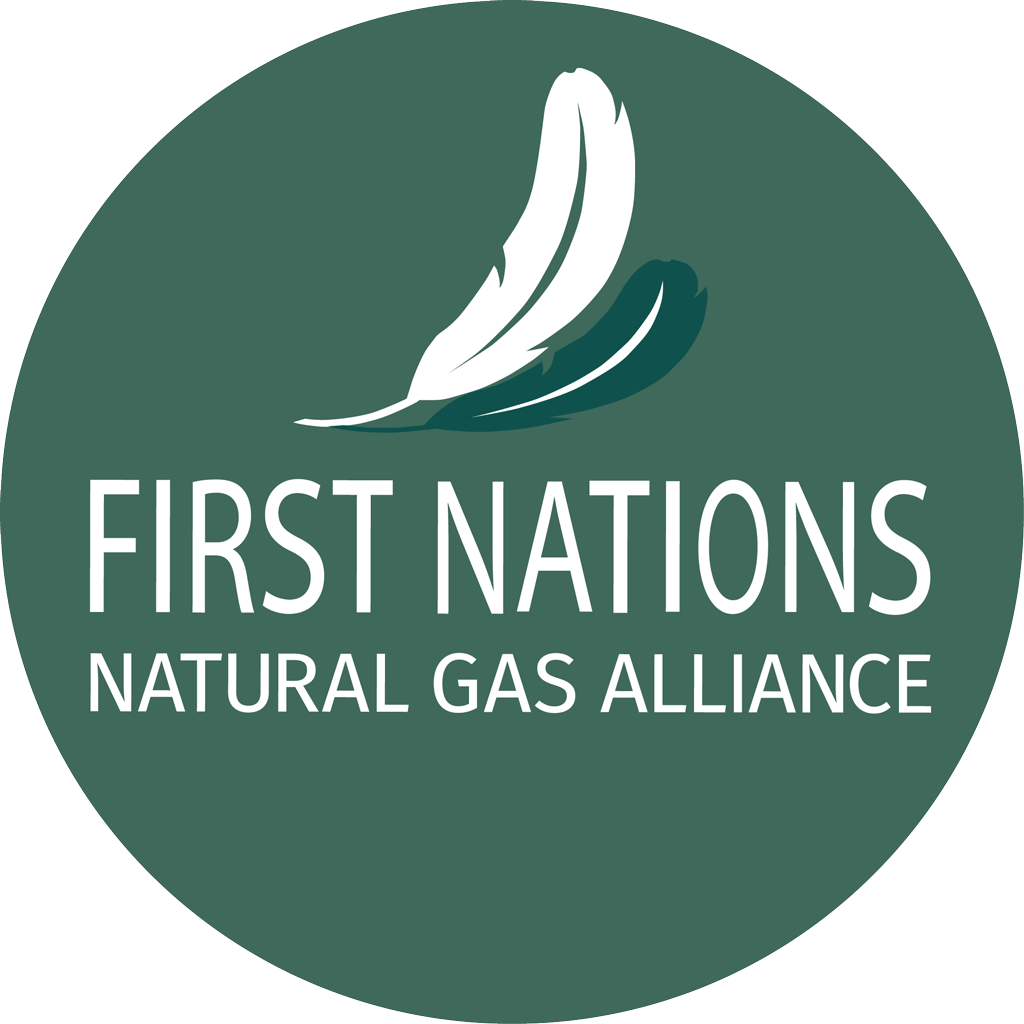Our newsletter: 24 October 2024

Cool news from LNG Canada
LNG Canada takes another step forward, unloading refrigerants (liquefied petroleum gas) from the ocean tanker Gaschem Atlantic.and introducing them to the Kitimat plant to begin initial cooling processes.
It means that the local community may notice an increase in the size of burn-off flares of gas, and their duration, over the next week or so.
“We anticipate the flare height to increase to approximately 30 metres during this intermittent period. Community members may also notice increased noise and visible emissions associated with the flare.”
As LNG Canada noted earlier: “Most modern LNG projects receive refrigerants in their commissioning and start-up processes. The refrigerants we receive will be used to cool natural gas delivered to LNG Canada via the Coastal GasLink pipeline. . . . Once we are in operations and producing LNG, we will produce our own refrigerants.”
- More info: https://ow.ly/LcKo50TPkqO

World Energy Outlook open to question
The latest World Energy Outlook from the International Energy Agency suggests demand for oil, natural gas and coal is set to peak by 2030 (as in the graphic above).
The IEA also proposes that, after accounting for the new LNG supplies coming online soon (which would include the LNG Canada project at Kitimat) there may be no need for major new LNG projects in the near term.
But others disagree with the agency’s outlook and its assumptions. One prime critic says the world will continue to need a lot of oil and gas through 2050 (rather than the IEA’s 2030) with energy demand growing between 11% and 18% by 2050.
And we note that with the newly exploding demand for electricity, for electric vehicles and Artificial Intelligence (AI) computer centres, current forecasts of “peak gas” should be firmly questioned. Read our blog: https://ow.ly/xjB950TPka1
All that said, the IEA’s latest 397-page is a fascinating and recommended read: https://ow.ly/mZK450TPknt
Also challenged: study on LNG versus coal
Canadian opponents of LNG development pushed a new study finding that liquefied natural gas leaves a greenhouse gas footprint that is “33% worse than coal” for generating electricity.
But they failed to point out that the study looked only at U.S. LNG, and is not applicable to our Canadian LNG. They also didn’t note that Canadian LNG is cleaner than American.
The Cornell University study was quickly challenged, with Forbes Magazine, for one, reporting that its author “makes a number of worst-case assumptions to arrive at his conclusions.”
When it comes to Canadian LNG, the gas is produced and transported under tighter regulatory conditions than in the U.S., and cleaner production is helped by our cooler climate, and by more use of clean electricity in B.C.
Our production plants will simply be cleaner than those in the U.S. And shipping distances from the West Coast are shorter than from the U.S. Gulf Coast, which means fewer emissions from the LNG carriers.
- Read more: https://ow.ly/rbVe50TPkHX

Indigenous clean-energy news
- Additional drilling set for Fort Nelson First Nation’s Tu Deh-Kah geothermal power project in BC, towards a target operations date by 2027: https://ow.ly/HlVx50TPjbl
- Hydro-Quebec and Indigenous partners plan 1-gigawatt wind project: https://ow.ly/TE5s50TPj4s
- Manitoba premier’s plan to create wind power with Indigenous partners brings mixed reactions: https://ow.ly/Cz1B50TPj37
- Ontario’s Hydro One gets environmental approval for Waasigan Transmission Line project with nine First Nation partners: https://ow.ly/GPtC50TPjfb
- Inside Malahat Nation’s big plans for battery storage in BC: https://ow.ly/9jqY50TQXOE
- US firm says it has “incredible support” from First Nations for $1-billion cross-Canada hydrogen highway: https://ow.ly/nn2550TPji1
- Saskatchewan and Indigenous partnerships paving the way for green energy: https://ow.ly/quUB50TPjkz
- Indigenous leaders call for leadership role in Canada’s energy transition: https://ow.ly/UFgE50TPjpV
- Indigenous Energy Project connects Indigenous job seekers in Nova Scotia with positions in the clean-energy economy: https://ow.ly/jN5y50TQcY0
ALSO IN THE NEWS
- Cedar LNG will be the world’s first Indigenous majority-owned LNG project. Hear Crystal Smith, chief councillor of the Haisla Nation, and Scott Burrows, CEO of Pembina Pipeline: https://ow.ly/2QeS50TRUAh
- North America’s LNG export capacity will nearly double by 2028, bolstered by new projects and expansion plans across the US, Canada, and Mexico: https://ow.ly/ZSnq50TPLWb
- New federal green investment rules make for uncertain future for LNG: https://ow.ly/5ibM50TKSrJ
- Low- and zero-emissions tugs underpin expanding Canada and US LNG business: https://ow.ly/j0Lt50TPMEB
- FortisBC’s Eagle Mountain – Woodfibre gas pipeline, to feed Woodfibre LNG, originally planned for completion in 2026, now is set to finish in 2027: https://ow.ly/gPJU50TMwlR
- The workforce lodge rejected by Squamish council was no ‘man camp’ as the mayor called it. FortisBC points out it would have been open to women workers. https://ow.ly/Pnw450TK7sv
EVENTS
- Canadian Council for Indigenous Business: Indigenous Relations Forum & PAIR Awards, Nov. 5, Calgary: https://forum.ccab.com/
- Indigenous Clean Energy’s 2024 ICE Gathering, Nov. 27-29, Toronto: https://ow.ly/E32W50SREmg
- First Nations Energy Summit, Dec. 2-3, Vancouver. Info/register: https://ow.ly/2sQP50TjtNl
2025
- Prince George hosts Future Fuels Forum Jan. 13-14, to ‘explore the future of hydrogen and sustainable energy solutions.’ https://ow.ly/6Nki50TE83B
- 22nd Annual BC Natural Resources Forum, Jan. 14-16, Prince George: https://ow.ly/BajJ50Tr1aU
- Nation2Nation Women’s Gathering, April 24 -25, Kitimat BC: https://ow.ly/A8yo50SYpkv
- National Aboriginal Capital Corporations Association, Indigenous Prosperity Forum, May 6-8, Gatineau PQ. Details TBA.
- Ninth Indigenous Resource Opportunities Conference, June 18-20, Nanaimo BC: https://ow.ly/m1rW50SHvIp
Know someone who might be interested in our newsletter? Please let them know that they can subscribe here, for free. You’ll also find us on Facebook, LinkedIn, and X (formerly called Twitter).
(Posted here 27 October 2024)

